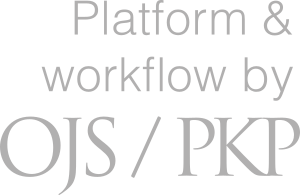Työnantaja-asema, vastuuriskit ja itsemääräämisoikeus henkilökohtaisen avun työnantajamallissa
Avainsanat:
työsopimus, henkilökohtainen apu, työnantajamalli, itsemääräämisoikeus, osapuoliroolit, vuokratyöAbstrakti
Employer status, liability risks, and self-determination in the personal assistance employer model
This article examines the employer model stipulated in the Disability Services Act from a private law perspective. Under this model, a disabled person’s subjective right to necessary personal assistance is arranged through an employment relationship. The model aims to ensure the independence and control of the disabled person over their own activities (self-determination). The disabled person enters into an employment contract with a personal assistant, and the well-being services county reimburses the costs associated with hiring the assistant. The disabled person assumes a dual role: as a client of the public welfare service and as an employer of the assistant (“client-employer”).
The employer model has faced criticism due to the significant risks of civil and criminal liability it imposes on the client-employer. Conversely, it offers the advantage of granting the client-employer the authority to determine the implementation of personal assistance. The article explores how the liability risks of the employer model can be mitigated while preserving the benefits.
First, the article analyzes the position of the client-employer as the employee’s contractual partner, drawing upon the model of party role differentiation developed by Thomas Wilhelmsson. The client-employer’s role can be viewed as a so-called functional protective role that influences their position within the contractual relationship. However, this role cannot significantly reduce the employer’s liability, primarily due to employee protection considerations. Second, the article delves into the common and distinguishing features between the employment model and temporary agency work stipulated in the Employment Contracts Act. There are more common features than differences, and personal assistance could be implemented as temporary agency work within the existing labor law by amending the Disability Services Act. This approach would maintain the disabled person’s right to determine the assistance they receive while mitigating their risks by transferring certain employer responsibilities to the well-being services county.


